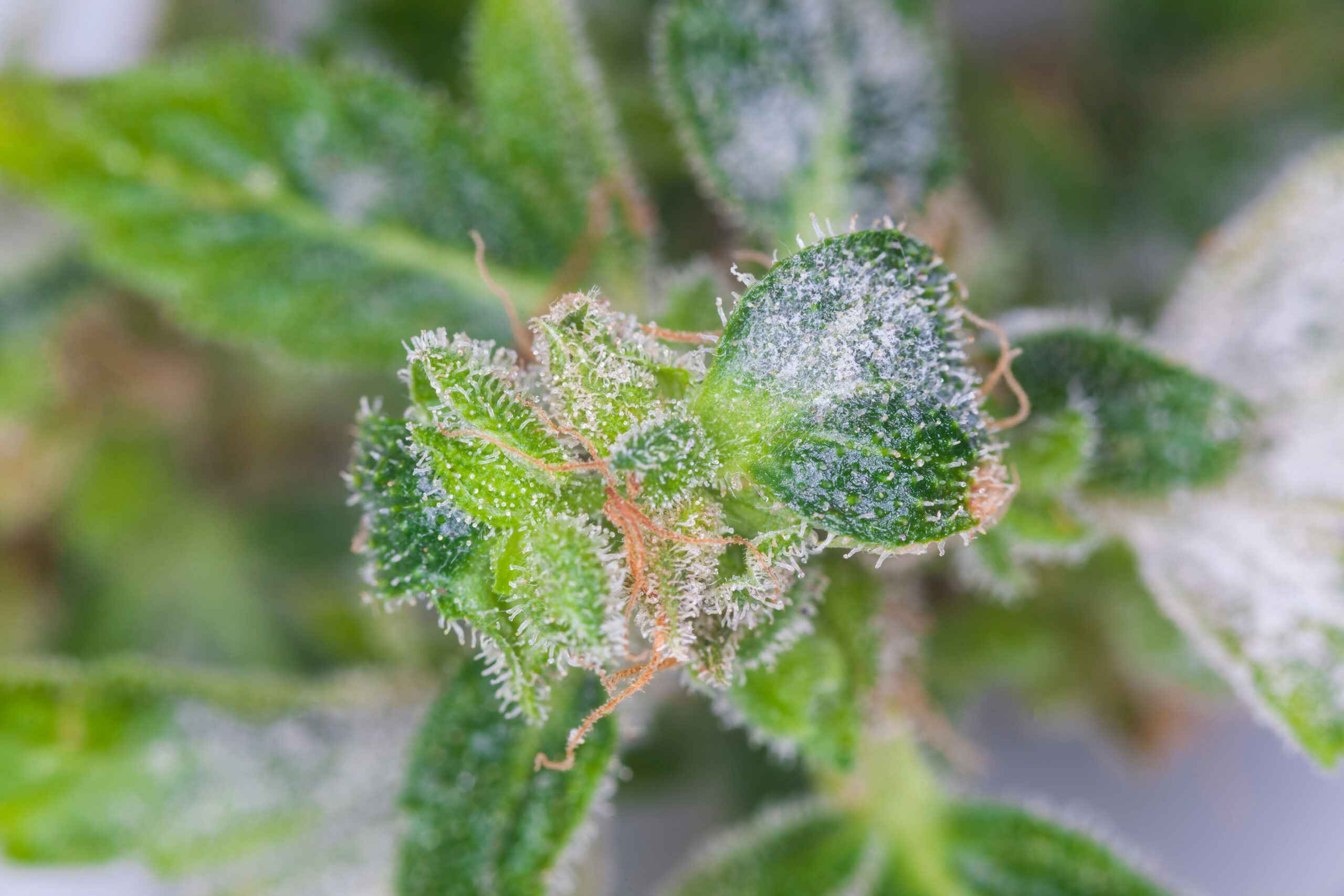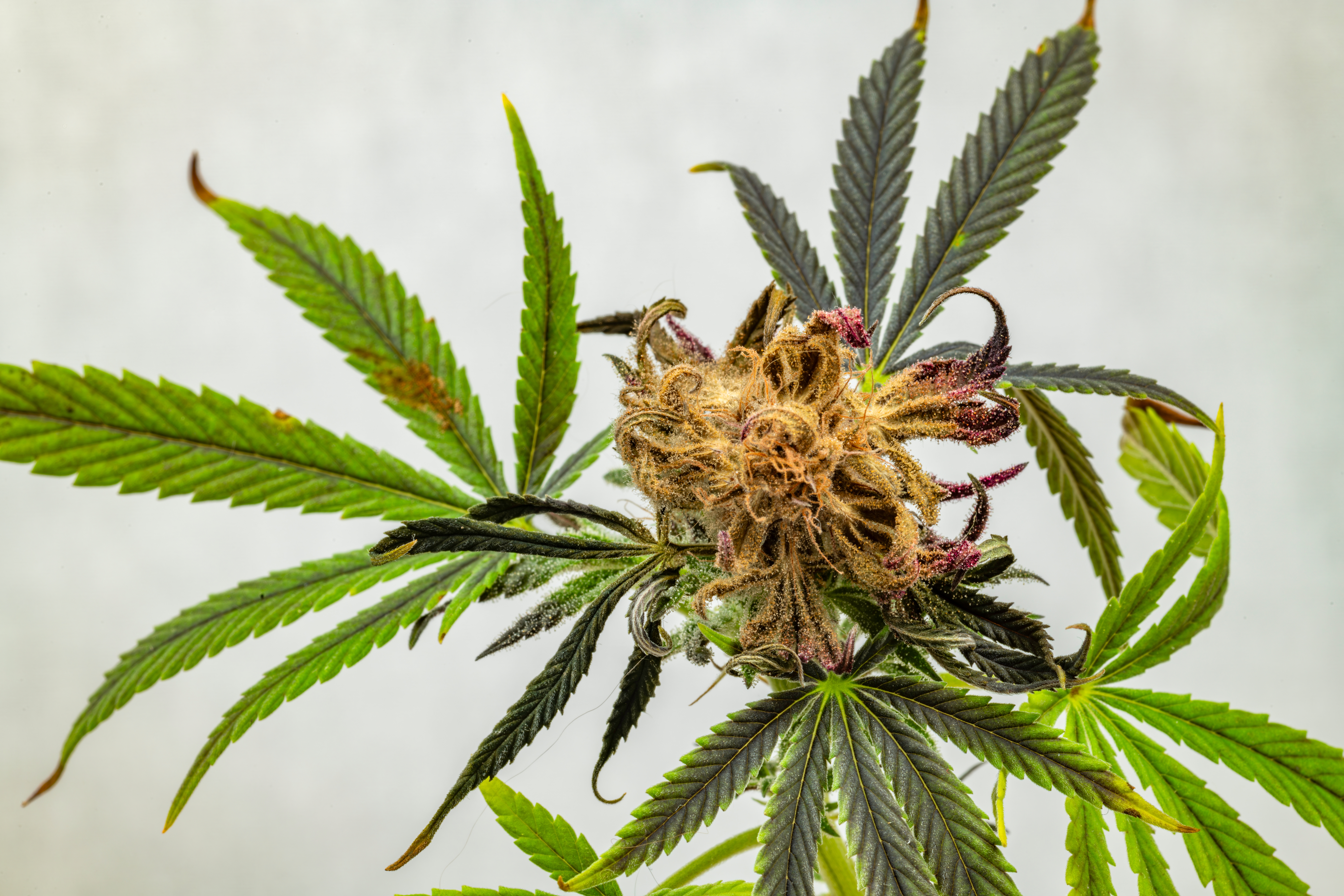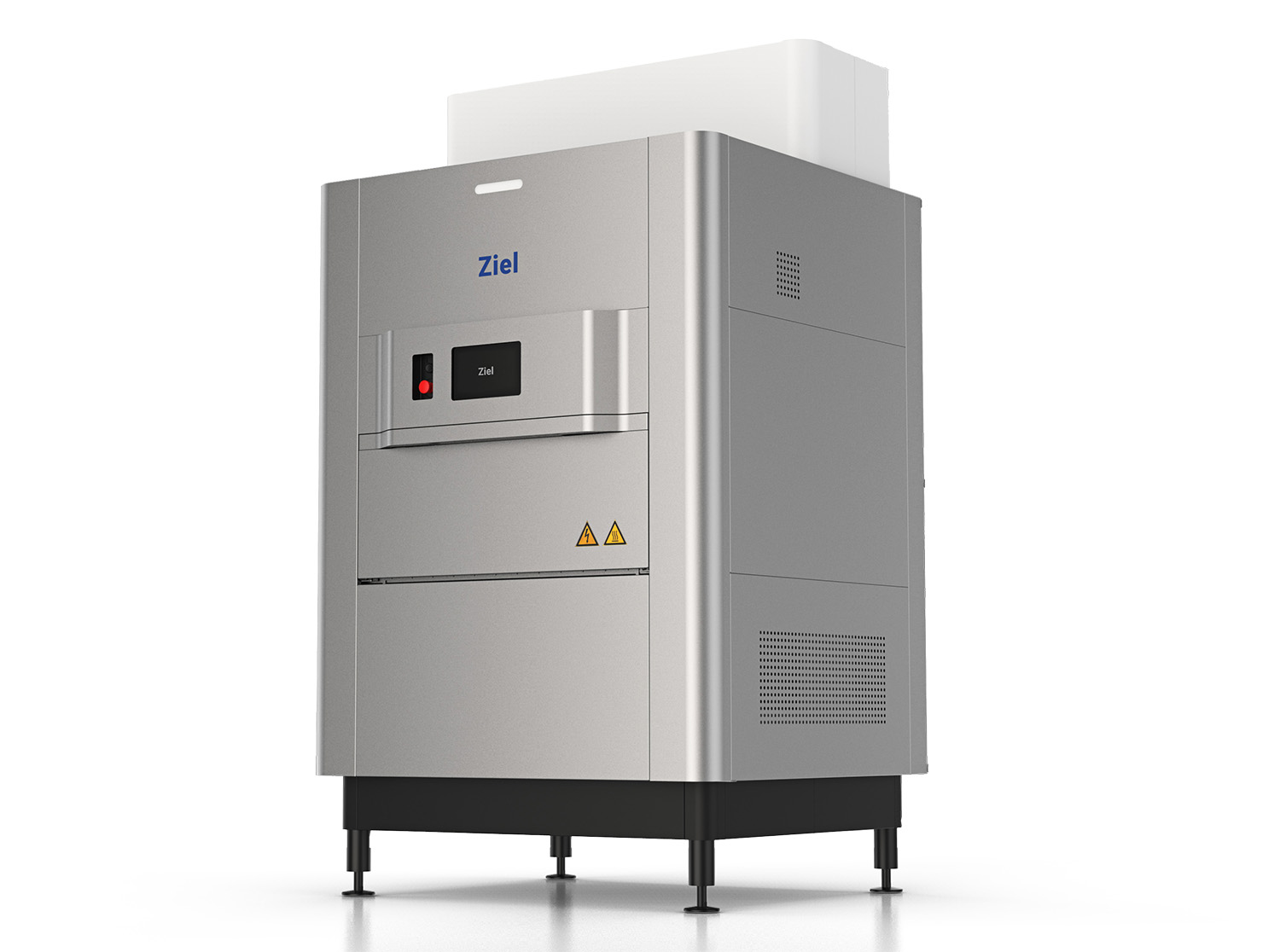فهم القنب المتعفن:
المخاطر والوقاية
يتردد العديد من المزارعين في الإقرار باحتمالية وجود عفن في نبات القنب في أعمالهم، وخاصةً أولئك الذين يحافظون على زراعة مثالية، إلا أن هذا الخطر يبقى قائمًا حتى في أنظف البيئات. وقد أدى تجاهل هذا الخطر إلى تغريم بعض الشركات مئات الآلاف من الدولارات، ناهيك عن الإضرار بسمعة علامتها التجارية. إن مواجهة خطر عفن القنب مباشرةً تُزيل الشكوك وتُهيئ المزارعين لمواجهة احتمال ظهور بقعة بيضاء مسحوقة على النبات.
قم بإعداد نفسك وعمليتك من خلال تعلم كيفية التعرف على العفن على نباتات القنب الخاصة بك، وأسباب وتأثيرات القنب المتعفن، والمخاطر الصحية التي يمكن أن يشكلها، وأفضل الاستراتيجيات للوقاية منه.
كيف يمكنك التعرف على العفن على القنب؟
نبات القنب المصاب بالعفن يفقد رائحته ونكهته وتأثيراته الحسية. لا يمكنك دائمًا رؤية العفن فورًا، ولكن إذا بدأ لون زهرتك يتغير، فقد يكون ذلك علامة على وجود العفن.
في النهاية، سيظهر العفن بوضوح. سيبدو العفن البودري الأبيض تمامًا مثل ذلك - أبيض وبودري. قد يُخطئ البعض في تشبيهه بالشعريات، لكن العفن البودري يميل إلى أن يكون له ملمس أشبه بنشارة الخشب. قد تبدو أنواع أخرى من العفن كبقع داكنة على النبات أو تظهر في أنماط تشبه شبكات العنكبوت.
حتى لو لم تتمكن من رؤيته، فقد تتمكن من شمه. ستكون رائحته مشابهة لأنواع العفن الأخرى التي لاحظتها على الخبز أو الجبن - عفنة، رطبة، وحامضة كالفطريات. لكن كن حذرًا هنا. مؤخرًا، ظهر نوع مختلف من مسببات الأمراض، وهو حمض نووي ريبوزي معدي يُعرف باسم الفيرويد الكامن للقفزات (HLVd)يظهر العفن على نباتات القنب. كما يمكن أن يُسبب رائحة رطوبة تُشبه رائحة أوراق التسميد. مع أنه ليس عفنًا، إلا أنه قد يجعل نباتاتك أكثر عرضة لانتشار العفن.

ما الذي يسبب العفن على القنب؟
لا يتطلب نمو العفن جهدًا كبيرًا. جراثيم العفن موجودة طبيعيًا في الهواء. ولكي تتكاثر، كل ما تحتاجه هو درجة حرارة مناسبة، ورطوبة مناسبة، وملامسة للمواد العضوية.
عادةً ما يُسبب عفن القنب نموه في مستويات رطوبة ودرجة حرارة مماثلة لنمو جراثيم العفن. قد يكون النبات بمثابة المكون الثالث الرئيسي لنمو العفن - وهو مادة عضوية - ولكن يُمكن لأشياء مثل الغبار والألياف والخشب المكشوف أن تُساهم في نموه أيضًا.
إن الحفاظ على بيئة نمو نظيفة يمكن أن يساعد في التخفيف من خطر تكوّن العفن، ولكن لا يمكن القضاء على الخطر بشكل كامل.
ما هي تأثيرات الحشيش المتعفن؟
يمكن أن تؤثر آثار العفن على نباتاتك على صحة موظفيك وعملائك.
إذا تعرض موظفوك للقنب المتعفن، فقد يعانون من أعراض مثل السعال والاحتقان والعطس والصفير والغثيان. قد يشعر الزبائن أيضًا بهذه الآثار الجانبية إذا وصلت إليهم براعم العفن. إذا كانوا يتمتعون بصحة جيدة بشكل عام ويدخنونه، فمن المرجح ألا يتعرضوا لآثار جانبية سلبية. ولكن إذا كان لديهم ضعف في جهاز المناعة أو حساسية تجاه العفن، فقد تكون آثار تدخين القنب المتعفن خطيرة.
إذا كان سوقك طبيًا، فالمخاطر أكبر. هناك توقعات أكبر من المستهلكين والجهات التنظيمية بشأن القنب النظيف. يستخدم المستهلكون زهرتك كدواء، وقد يعانون من آثار جانبية أسوأ إذا كانت متعفنة مقارنةً بشخص سليم عمومًا.
بغض النظر عن السوق، فإن تعريض الموظفين و/أو المستهلكين للخطر هو وسيلة سريعة لتدمير الأعمال.
ما هي مخاطر العفن العشبي؟
بصرف النظر عن المشكلات الصحية المحتملة التي قد يواجهها موظفوك وعملاؤك، قد يكون لبيع القنب المتعفن تأثير خطير على عملك ونتائجه النهائية.
على سبيل المثال، في عام 2024، تم إنشاء شركة واحدة لخدمات الإمداد في ماساتشوستس غرامة قدرها $200K لبيع الأعشاب المتعفنةتم تسليط الضوء على هذه الفضيحة من قبل موظفي منظمة MSO ودعمتها شكاوى المرضى والمستهلكين، مما أضاف ضررًا لسمعة العلامة التجارية.
يؤدي بيع القنب المتعفن أيضًا إلى انهيار الثقة بين المستهلكين وأصحاب الأعمال والجهات التنظيمية. فبدون الثقة والمساءلة بين هذه الجهات الثلاثة، تعاني برامج الدولة وحركة تقنين القنب بشكل عام

كيف تمنع تعفن القنب؟
منع تعفن القنب يبدأ الأمر بالأساسيات: اطلب من الموظفين ارتداء معدات الحماية الشخصية (PPE) فوق أحذيتهم وملابسهم لمنع انتشار الملوثات الخارجية، والحفاظ على نمو نظيف، ومراقبة مستويات درجة الحرارة والرطوبة.
عزز الوقاية بمراعاة البنية المادية لزراعتك. تركيب تهوية مقسمة يُساعد على تجنب التلوث المتبادل بين الغرف ومراحل النمو، مع منحك تحكمًا أكبر في درجات الحرارة والرطوبة.
لمنع القنب المتعفن من مغادرة منشأتك والهبوط على أرفف الصيدلية، أضف خطوة تطهير استباقية إلى إجراءات التشغيل القياسية الخاصة بك (SOPs)تتم عملية إزالة عفن القنب بعد تقليم الزهرة وقبل إرسالها للاختبار. هناك عدة أنواع من تقنيات معالجة القنب، مع ذلك غالبًا ما يفضل المنظمون الترددات الراديوية (RF).
RF هي عملية عضوية يقضي على العفن في نباتات القنب باستخدام أطوال موجية طويلة ومنخفضة وغير مؤينة لاختراق لب البرعم. تُسبب هذه الأطوال الموجية اهتزاز جزيئات الماء داخل النبات، مما يُولّد حرارة واحتكاكًا كافيين لقتل الحمض النووي للعفن دون إتلاف الشعيرات أو تغيير البنية الجزيئية للنبات.
بخطوة محددة لتطهير زهرتك، تُجنّبك تقريبًا أي خطر لبيع نبات القنب المتعفن. يشبه الأمر خطوة البسترة المستخدمة لجميع منتجات الألبان والمكسرات. إنها ببساطة تنظيف المنتج قبل تسليمه للمستهلكين.
العثور على آلة إزالة العفن من نبات القنب المناسبة
زيل RFX أفضل آلة لإزالة عفن القنب في السوق لأصحاب الأعمال ذوي الخطط طويلة الأجل. وهي معتمدة بالفعل للعمليات العضوية بموجب وزارة الزراعة الأمريكية والبرنامج الوطني العضوي (NOP)، بالإضافة إلى معايير ممارسات التصنيع الجيدة (GMP) و مرافق حاصلة على شهادة GMP من الاتحاد الأوروبي. تتمتع الزهرة المعالجة بواسطة Ziel RFX بمعدل اجتياز الامتثال التنظيمي >99%.
تسترد الشركات التي تدمج Ziel RFX في إجراءات التشغيل القياسية الخاصة بها ما معدله $1.1 مليون دولار من الإيرادات المفقودة خلال العام الأول من استخدام الماكينة حيث لم تعد تخسر الأموال على الحصادات التي تفشل في الامتثال.
لمعرفة المزيد عن Ziel RFX وكيف يمكنك مكافحة العفن في نبات القنب الخاص بك، اتصل بـ Ziel اليوم.
